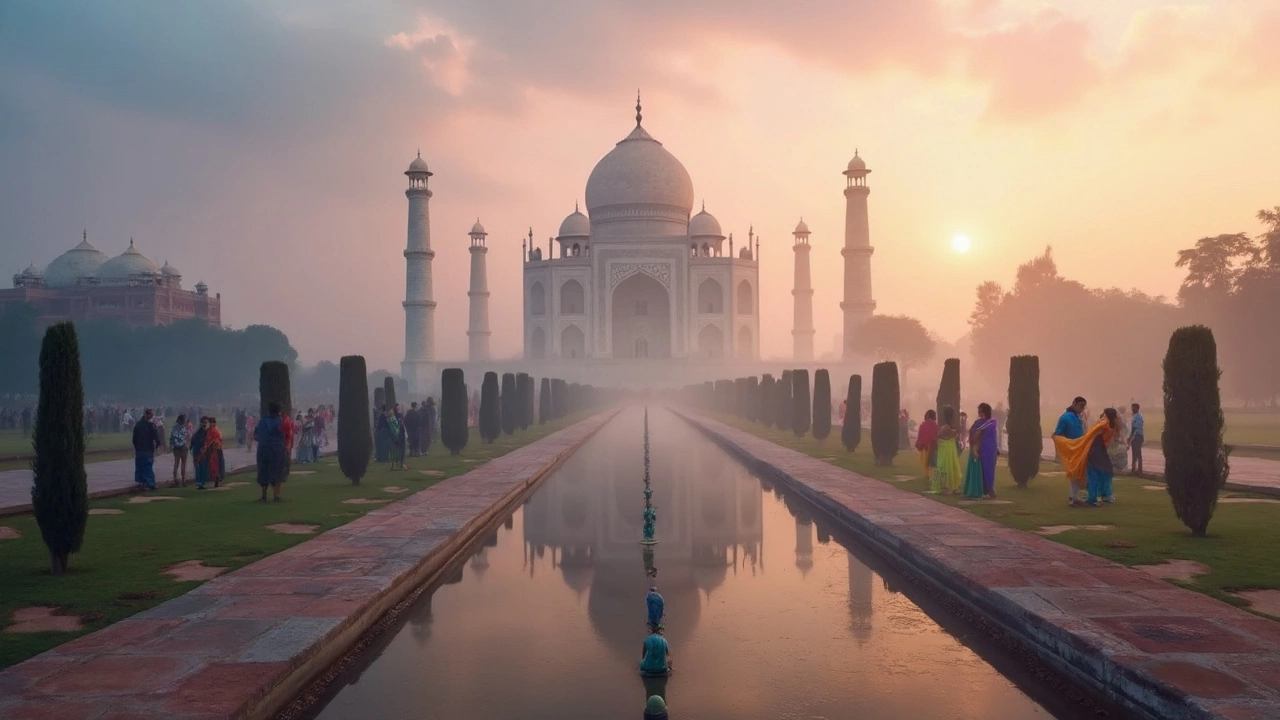SEARCH
Cultural Sites in India – Your Quick Guide
If you love history, art, and the stories that shape a nation, India's cultural sites are a goldmine. From towering forts to delicate temples, each place offers a slice of the country's past and a fresh reason to travel. Below you’ll find a short list of the biggest must‑sees and a handful of practical tips that let you enjoy them without the usual hassle.
Iconic Must‑See Heritage Spots
1. Taj Mahal, Agra – No list of Indian cultural sites is complete without this marble wonder. Visit at sunrise for soft light and fewer crowds; the early gate is free for Indian citizens and costs a modest fee for foreigners.
2. Jaipur’s Amber Fort – A blend of Rajput and Mughal architecture, the fort sits on a hill outside the Pink City. Take an elephant ride up (or simply walk) and explore the mirror hall, the royal chambers, and the panoramic views.
3. Hampi, Karnataka – A UNESCO World Heritage site that feels like an open‑air museum. The ruins stretch across a boulder‑strewn landscape, and sunset over the Virupaksha Temple is unforgettable.
4. Khajuraho Temples, Madhya Pradesh – Famous for intricate carvings, these temples showcase ancient Indian art in a surprisingly well‑preserved setting. The sound‑and‑light show at night adds a modern twist.
5. Mysore Palace, Karnataka – A royal residence that dazzles with stained‑glass windows, murals, and a spectacular illumination show on Sundays and public holidays.
Beyond the headline attractions, consider a few off‑beat spots: the stone‑carved churches of Goa, the silk‑woven heritage of Varanasi’s ghats, and the colonial forts of Pondicherry. All of these add depth to a cultural itinerary.
Tips for Easy Travel and Smart Planning
Plan your season wisely. The best months for most cultural sites are October to March when the weather is cool and comfortable for walking. Monsoon months (June‑September) can make outdoor visits slippery and reduce visibility at monuments.
Book tickets online. Many major sites now offer e‑tickets that let you skip the queue. For the Taj Mahal, the official website provides a timed entry slot; for Hampi, the state tourism portal does the same.
Use local transport. Trains connect most major heritage cities; a night train saves on both accommodation and travel time. Within cities, auto‑rickshaws or app‑based cabs are cheap and widely available.
Dress respectfully. Temples and mosques expect modest clothing—shoulders and knees covered. A lightweight scarf or shawl can solve any hiccup on the spot.
Hire a guide for deeper insight. A knowledgeable guide can explain legends behind carvings, historical context, and hidden corners most tourists miss. Guides are often available at the entrance for a fair price, or you can book one through local tourism offices.
Stay hydrated and snack smart. Many heritage sites are far from eateries. Carry a water bottle and some light snacks (like roasted peanuts or fruit) to keep energy up during long walks.
By mixing iconic monuments with a few lesser‑known gems and following these simple tips, you’ll experience India’s cultural richness without feeling rushed or overwhelmed. Pack your curiosity, a good pair of walking shoes, and get ready to walk through centuries of stories.

How Many Heritage Sites Does India Boast?
India is home to an incredible number of UNESCO World Heritage Sites, reflecting its rich cultural and historical diversity. The nation boasts a mix of ancient monuments, vibrant cities, and beautiful natural landscapes recognized globally for their significance. These sites are scattered across the country, offering unique insights into India's history and traditions. Whether you're exploring the architectural wonders of the Taj Mahal or the natural beauty of Kaziranga National Park, India's heritage sites provide a fascinating journey through time.
Continue reading